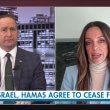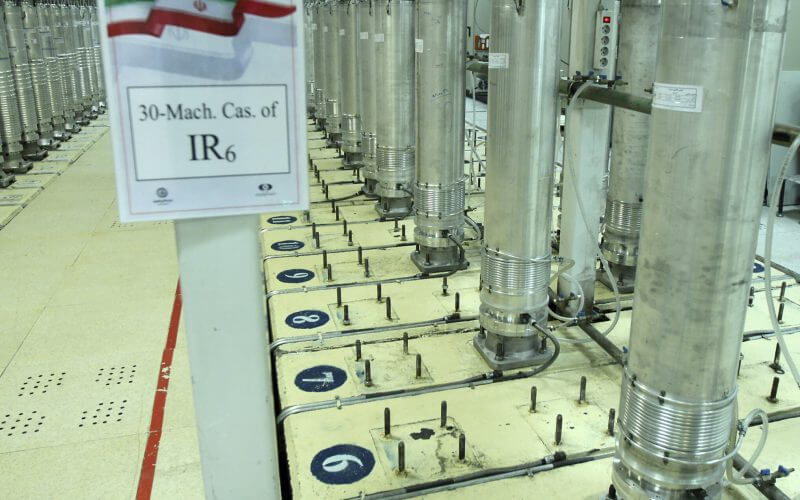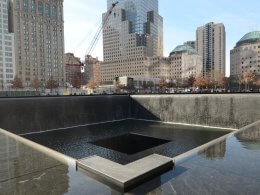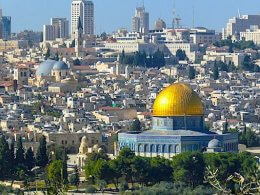Iran plans to install two new cascades of advanced centrifuges that will allow Tehran to rapidly enrich more uranium, the UN’s nuclear watchdog said Thursday, the latest escalation in the standoff over the country’s atomic program.
The decision to add the two IR-6 centrifuges cascades at its underground Natanz nuclear facility comes as countries at an International Atomic Energy Agency meeting in Vienna voted Wednesday night to censure Iran. The rebuke deals with what the watchdog refers to as Iran’s failure to provide “credible information” over man-made nuclear material found at three undeclared sites in the country.
But even before the vote, Iran shut off two devices the IAEA uses to monitor enrichment at Natanz. Iranian officials also threatened to take more steps amid a years-long crisis.
The IAEA said Thursday that its Director-General Rafael Mariano Grossi told members that Iran informed the agency that it planned to install two new cascades of the IR-6 at Natanz. A cascade is a series of centrifuges hooked together to rapidly spin uranium gas to enrich it.
An IR-6 centrifuge spins uranium 10 times as fast as the first-generation centrifuges that Iran was once limited to under its 2015 nuclear deal with world powers. As of February, Iran already had been spinning a cascade of IR-6s at its underground facility at Fordo, according to the IAEA.
At Natanz, located some 200 kilometers (125 miles) south of the capital, Tehran, Iran earlier said it planned to install one cascade of IR-6s. The IAEA said it “verified” the ongoing installation of that cascade Monday, while the newly promised two new cascades had yet to begin.
Iran and world powers agreed in 2015 to the nuclear deal, which saw Tehran drastically limit its enrichment of uranium in exchange for the lifting of economic sanctions. In 2018, then-US president Donald Trump unilaterally withdrew America from the accord, raising tensions across the wider Middle East and sparking a series of attacks and incidents.
Talks in Vienna over Iran’s tattered nuclear deal have been stalled since April. Since the deal’s collapse, Iran runs advanced centrifuges and has a rapidly growing stockpile of enriched uranium.
Nonproliferation experts warn Iran has enriched enough up to 60% purity — a short technical step from weapons-grade levels of 90% — to make one nuclear weapon should it decide to do so.
Iran insists its program is for peaceful purposes, though UN experts and Western intelligence agencies say Iran had an organized military nuclear program through 2003.
Building a nuclear bomb would still take Iran more time if it pursued a weapon, analysts say, though they warn Tehran’s advances make the program more dangerous. Israel has threatened in the past that it would carry out a preemptive strike to stop Iran — and already is suspected in a series of recent killings targeting Iranian officials.
Iran already has been holding footage from IAEA surveillance cameras since February 2021 as a pressure tactic to restore the atomic accord.
The censure resolution at the IAEA meeting in Vienna, sponsored by Germany, France, the UK and US, passed with the support of 30 of 35 governors. Russia and China voted against, Russian ambassador Mikhail Ulyanov wrote on Twitter. India, Libya and Pakistan abstained.
After the vote, a joint statement from France, Germany, and the UK and the US said the censure “sends an unambiguous message to Iran that it must meet its safeguards obligations and provide technically credible clarifications on outstanding safeguards issues.”
Iran’s Foreign Ministry meanwhile criticized the censure as a “political, incorrect and unconstructive action.”
An Iranian official earlier warned IAEA officials that Tehran was now considering taking “other measures” as well.
“We hope that they come to their senses and respond to Iran’s cooperation with cooperation,” said Behrouz Kamalvandi, a spokesman for the Atomic Energy Organization of Iran. “It is not acceptable that they show inappropriate behavior while Iran continues to cooperate.”










